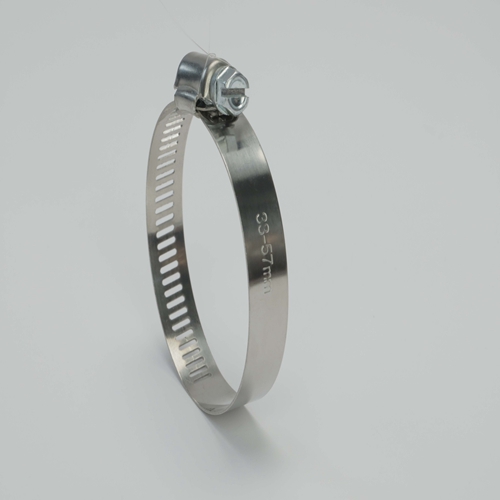- Phone:+86-17331948172 +86-0319-8862898
- E-mail: inquiry@puxingclamp.com
Aug . 01, 2024 04:21 Back to list
Versatile Plastic Hose Clamps Manufacturer for Customized Adjustable Solutions and Quality Assurance
The Growing Demand for Adjustable Plastic Hose Clamps An Insight into the Factory Production
In the realm of industrial and consumer applications, hose clamps play an essential role in ensuring secure connections in plumbing, automotive, and various other systems. Among the different types of hose clamps available in the market, adjustable plastic hose clamps have gained significant traction. This article delves into the production processes within the adjustable plastic hose clamp factory, emphasizing the factors contributing to their growing demand.
Understanding Adjustable Plastic Hose Clamps
Adjustable plastic hose clamps are devices designed to hold and secure hoses, ensuring they remain tightly in place. Unlike their metal counterparts, these clamps offer several advantages they are resistant to corrosion, lightweight, and often more cost-effective. As industries evolve, the need for reliable, versatile, and durable hose clamping solutions continues to grow. This rise in demand presents ample opportunities for factories specializing in these products.
Manufacturing Process
The production of adjustable plastic hose clamps involves several steps that ensure high quality and efficiency
.1. Material Selection Most hose clamps are made from a special type of plastic, typically polypropylene or nylon, which provides strength, flexibility, and resistance to chemicals and UV light. Factories need to source high-quality raw materials to guarantee the longevity of the final product.
2. Injection Molding This is the primary manufacturing technique for creating plastic hose clamps. The process begins with heating the plastic resin until it becomes molten. The liquid plastic is then injected into a mold that shapes the clamp. Once cooled, the mold is opened, and the newly formed clamp is ejected. The precision of this process is critical, as it ensures uniformity and function in the final products.
3. Quality Control After production, each batch of clamps undergoes rigorous quality control testing. This includes assessments for tension strength, ease of adjustment, and overall durability. Factories typically adhere to international standards to guarantee that their products can withstand varying environmental conditions.
adjustable plastic hose clamp factory

4. Packaging and Distribution Once the quality checks are completed, the hose clamps are packaged for distribution. Factories often streamline this process to manage inventory efficiently and ensure timely delivery to clients. Effective packaging not only protects the product during transit but also reflects the manufacturer's commitment to quality.
Market Demand and Trends
The market for adjustable plastic hose clamps is influenced by several trends
- Versatility These clamps are used across various sectors, from agriculture to automotive manufacturing. Their adaptability makes them a go-to choice for engineers and DIY enthusiasts alike.
- Environmental Concerns As industries strive for sustainability, the demand for plastic products that are recyclable or made from recycled materials is increasing. Manufacturers are responding by introducing eco-friendly options without compromising on performance.
- Technological Advancements Innovations in manufacturing techniques and materials continue to improve the quality and functionality of adjustable plastic hose clamps. Factories that invest in state-of-the-art technology can produce superior products at a lower cost, enhancing their competitive edge.
Conclusion
The adjustable plastic hose clamp factory represents a critical link in the supply chain, catering to diverse industries that require reliable hose connections. With advancements in manufacturing techniques and a growing emphasis on sustainability, these factories are well-positioned to meet the rising demand for high-quality, adaptable solutions in hose management. As industries continue to evolve, the importance of efficient and durable hose clamps will undoubtedly remain a focal point of production and innovation.
-
Large Stainless Steel Adjustable American Type Hose Clamp - Hebei Pux Alloy Technology Co., Ltd
NewsAug.02,2025
-
Large Stainless Steel Adjustable American Type Hose Clamp - Hebei Pux Alloy Technology Co., Ltd
NewsAug.02,2025
-
Large Stainless Steel Adjustable American Type Hose Clamp-Hebei Pux Alloy Technology Co., Ltd|Corrosion Resistance, Adjustable Design
NewsAug.02,2025
-
Large Stainless Steel Adjustable American Type Hose Clamp-Hebei Pux Alloy Technology Co., Ltd|Corrosion Resistance, Adjustable Design
NewsAug.02,2025
-
High Quality Precision Stainless Steel Strip - GPT-4-Turbo Grade
NewsAug.02,2025
-
Heavy Duty Hose Clamp | Premium Durability & Security
NewsAug.01,2025




